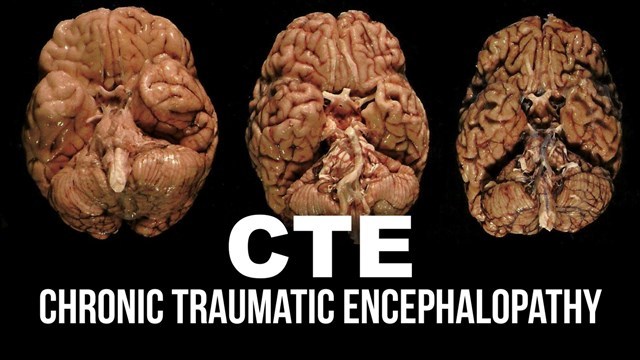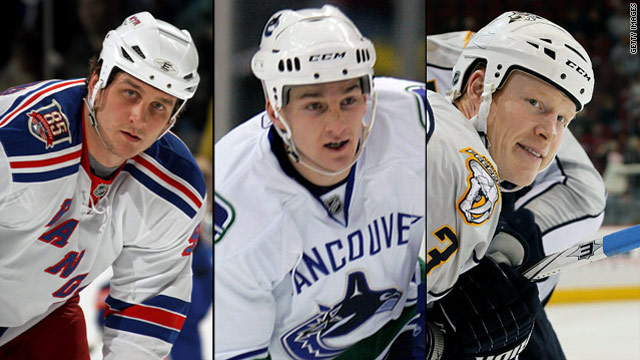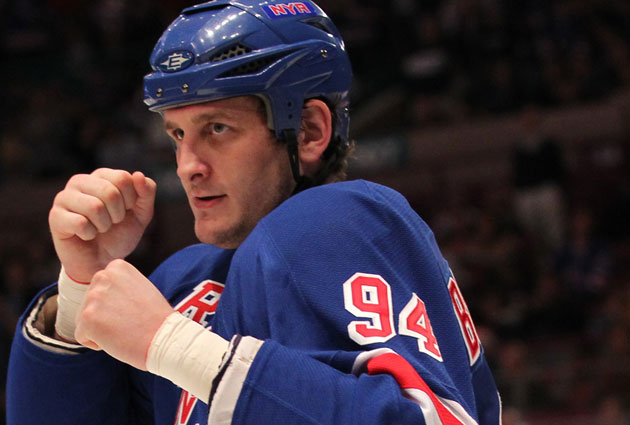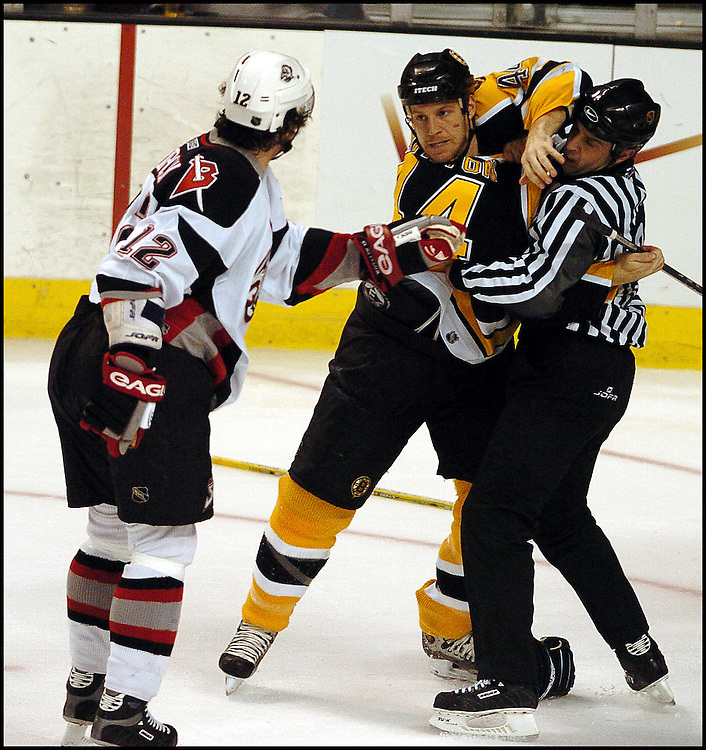“I think the NHL has misread its hand. This is not going away. This is much bigger than they hoped. I don’t want money at all. I just want research and funding and for them to have neurologists for teams”-former Bruin player Nick Boynton in an exclusive interview with TSN.
On July 13th, Judge Susan Nelson denied the request of 150+ players in bringing a class action lawsuit against the NHL. Players have also asked the league to provide medical care in detecting symptoms consisting with Alzheimers, depression, dementia etc. Judge Nelson stated that there’s needs to be “substantial proof” that playing hockey increases the likelihood of being diagnosed with a neurodegenerative disease. If you want proof, ask those players whose lives have changed drastically after suffering multiple concussions.
Hockey has always had this warrior-like atmosphere where players are expected to skate through injuries; after all, when you suffer from multiple concussions, you’re “damaged goods”. You play on, but at what cost? And why is the NHL so hesitant in investing money into research to gain a better understanding of this debilitating disease? In a multi-part series, we take an in-depth look at CTE in the NHL.
PUNCH DRUNK

PHOTO CREDITS: (MGN)
Aggressiveness. Depression. Impulsive behavior. Confusion. Dementia. These are just a few symptoms of CTE or Chronic Traumatic Encephalopathy. It was first diagnosed in 1928 by Dr. Harrison Martland after he described boxers with having “punch drunk syndrome.” In 2005, the first published case of CTE was on former Pittsburgh Steeler Mike Webster. Generally, symptoms don’t appear until the late 20s or 30s. Cognitive symptoms appear in your 40s and 50s. According to the Concussion Legacy Foundation in Boston people who suffer from CTE have sustained hundreds or more trauma to head, whether through sports or military service.
Football tops the list with 200+ confirmed cases of those suffering from CTE. Hockey has 20+ confirmed cases so far. But it’s important to note that not every athlete that has suffered a concussion will end up with CTE. But the longer you’re exposed to head trauma, the likelihood of experiencing symptoms are that much higher. Treating CTE can be difficult as it’s a disease diagnosed after death. However, if an athlete feels they may have CTE, there are types of therapies available. Unfortunately, for many help came too late.
CHEAP HITS AND TRAGEDY

PHOTO CREDITS: (GETTY IMAGES)
“Red ice sells hockey”
Fighting draws in the crowd, and when the NHL was looking to expand to a new audience in the ’60s and ’70s, violence was promoted. If you knew how to fight, you were an “enforcer”. Dropping gloves would be a regular staple during the ’70s and ’80s. As the NHL moved away from an era of the Broad Street Bullies, fighting still had a presence. But at what cost?
In 2011, the Hockey world would be hit with few tragedies. The question of banning fighting was thrust into the limelight. Interestingly enough, many players are not keen on the idea of removing the fighting element from hockey, even bristling at the idea.
“I hate that it’s even being talked about. It’s absolutely ridiculous that even the notion of fighting being taken out. What a terrible mindset.”-Buffalo Sabres captain Steve Ott
While many players feel that throwing punches isn’t the sole cause of concussions, the effects of cheap hits and high sticks are all too real. The deaths of three players in 2011 offered a real glimpse of what these players go through to deal with the pain that comes with playing a physical contact sport. In the summer of 2011, the close-knit hockey community would suffer a few devastating blows.
THE BOOGEYMAN

PHOTO CREDITS: (USATSI
At 6-foot-7, 265 pounds Derek Boogaard, aka “Boogeyman, had a menacing presence in the NHL. In his debut with the Minnesota Wild, he fought 16 times. With a reputation as one of the most feared enforcers, for many rookies, dancing with the Boogeyman was a rite of passage. Suffering from shoulder and hand issues, Boogaard also dealt with recovering from multiple concussions. Sadly, this would lead to a reliance on painkillers. Fighting would take a toll on Boogaard’s body.
After spending some time in rehab in 2009 and in 2011, Boogaard returned to Minnesota before playing for the New York Rangers. It would be his last NHL campaign. He was found dead in an apartment he shared with his brother from an accidental overdose of drugs and alcohol. Boogaard’s family successfully sued the NHL two years after his passing. His family also accused the teams he played for over-prescribing painkillers. Examinations of Boogaard’s brain showed evidence of advanced chronic traumatic encephalopathy.
A SECOND DEATH
/https://www.thestar.com/content/dam/thestar/sports/hockey/2011/08/16/rypiens_death_shocks_saddens_former_teammates/rickrypien.jpeg)
Three months after Boorgarad’s death and fresh from signing with the Winnipeg Jets, 27 year-old Rick Rypien committed suicide. He had been suffering from depression for tenyears and took two leaves of absences while playing for the Canucks. He would live with fellow teammate Kevin Bieska and his family so that someone would keep watch over him. When Rypien failed to show up for a physical, teammates grew concerned. Unfortunately, a family member found his body at his home in Coleman, Alberta.
A SAD ENDING

PHOTO CREDITS: (John Russell)
A couple of weeks after Rypien death, former Nashville Predator Wade Belak was found dead, hanging in a hotel room. The former enforcer was known for being a ferocious fighter, however, he was also known for having a great sense of humor. According to his mother, he had been battling depression for a while. For these players, there is the unspoken emotional toll of being a fighter and a sense of being invincible. For many, depression isn’t something you talk about. Former Leaf player Nick Kypreos said it poignantly,
“You don’t really discuss your inner feelings about the job description with another guy who fights. You just know.”
PART TWO
Next week in our series, we discuss the NHL response, including the claim of ignorance of several team owners when it comes to understanding CTE.
PHOTO CREDITS: (Michael Seamans)
Follow Liz Rizzo on Twitter @pastagrl88
